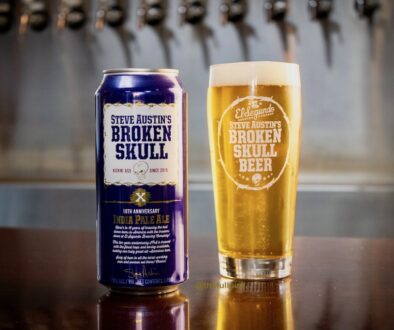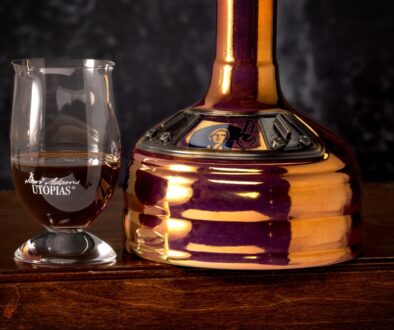Flying Dog Brewery News – BA Horn Dog, Distribution, East Coast Competition and More
 We caught up with Flying Dog Brewery to see how things were going for the Fredrick, MD based craft brewers. Items of discussion include Barrel Aged Horn Dog, Distribution, thoughts on their new East Coast neighbors and more. Cheers!
We caught up with Flying Dog Brewery to see how things were going for the Fredrick, MD based craft brewers. Items of discussion include Barrel Aged Horn Dog, Distribution, thoughts on their new East Coast neighbors and more. Cheers!
How was 2012 compared to your 2011 in terms of growth?
We actually do not publicly release production or sales numbers, but our sales growth was positive from 2011 to 2012, and in our target markets in the mid-Atlantic, sales were up 20 to 40 percent (depending on the market).
To date, what is Flying Dog’s best selling product?
Raging Bitch is our best selling beer.
How does Sierra Nevada, New Belgium and Oskar Blues move to the East Coast effect Flying Dog?
Their beers are already distributed here on the East Coast, so we don’t see it effecting us any differently. Craft beer in general is still such a small percentage of the overall beer market that exposure to any craft brewery is proven to boost the industry as a whole.
While Flying Dog moved from Colorado to Maryland, is there a chance that Flying Dog makes a go for a second facility westward?
We have no plans to build a second facility out west.
Are there any new states Flying Dog will be entering this year or next?
We’re also not planning on expanding distribution this year.
Any barrel aged bottles set for market this year, like Barrel Aged Gonzo?
In addition to Barrel-Aged Gonzo Imperial Porter, we’re releasing an extremely small batch of Barrel-Aged Horn Dog Barleywine. It was aged in Port wine barrels from local vineyard Elk Run for over a year. Only 300 bottles were packaged and go on sale Tuesday, March 26 exclusively at the brewery: http://flyingdogales.com/barrelagedhorndog/
Has Flying Dog experimented with Sour Ale/Wild Ale? Anything slated for the market?
We are always experimenting (how’s that for vague?), but do not have any sours slated for this year. Last year, we released a Sour Cherry Ale as part of our Brewhouse Rarities series. It was brewed in the traditional style of a Berliner Weisse (with the addition of tart and sweet cherries during fermenation) and added lactobacillus to the mash to allow it to sour.



